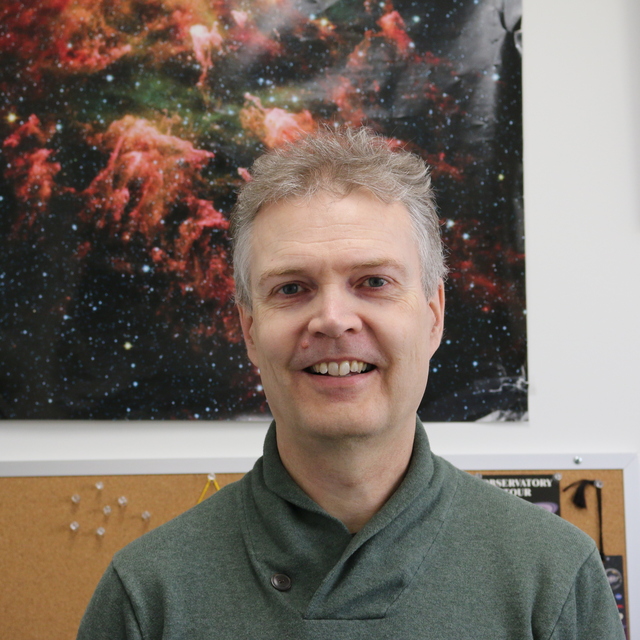January
2014
•
2014ApJ...781...12H
Authors
•
Holwerda, B. W.
•
Muñoz-Mateos, J. -C.
•
Comerón, S.
•
Meidt, S.
•
Sheth, K.
•
Laine, S.
•
Hinz, J. L.
•
Regan, M. W.
•
Gil de Paz, A.
•
Menéndez-Delmestre, K.
•
Seibert, M.
•
Kim, T.
•
Mizusawa, T.
•
Laurikainen, E.
•
Salo, H.
•
Laine, J.
•
Gadotti, D. A.
•
Zaritsky, D.
•
Erroz-Ferrer, S.
•
Ho, L. C.
•
Knapen, J. H.
•
Athanassoula, E.
•
Bosma, A.
•
Pirzkal, N.
Abstract
•
The morphology of galaxies can be quantified to some degree using a set of scale-invariant parameters. Concentration (C), asymmetry (A), smoothness (S), the Gini index (G), the relative contribution of the brightest pixels to the second-order moment of the flux (M 20), ellipticity (E), and the Gini index of the second-order moment (GM ) have all been applied to morphologically classify galaxies at various wavelengths. Here, we present a catalog of these parameters for the Spitzer Survey of stellar structure in Galaxies, a volume-limited, near-infrared (NIR) imaging survey of nearby galaxies using the 3.6 and 4.5 μm channels of the Infrared Array Camera on board the Spitzer Space Telescope. Our goal is to provide a reference catalog of NIR quantified morphology for high-redshift studies and galaxy evolution models with enough detail to resolve stellar mass morphology. We explore where normal, non-interacting galaxies—those typically found on the Hubble tuning fork—lie in this parameter space and show that there is a tight relation between concentration (C 82) and M 20 for normal galaxies. M 20 can be used to classify galaxies into earlier and later types (i.e., to separate spirals from irregulars). Several criteria using these parameters exist to select systems with a disturbed morphology, i.e., those that appear to be undergoing a tidal interaction. We examine the applicability of these criteria to Spitzer NIR imaging. We find that four relations, based on the parameters A and S, G and M 20, GM , C, and M 20, respectively, select outliers in morphological parameter space, but each selects different subsets of galaxies. Two criteria (GM > 0.6, G > -0.115 × M 20 + 0.384) seem most appropriate to identify possible mergers and the merger fraction in NIR surveys. We find no strong relation between lopsidedness and most of these morphological parameters, except for a weak dependence of lopsidedness on concentration and M 20.
Links




